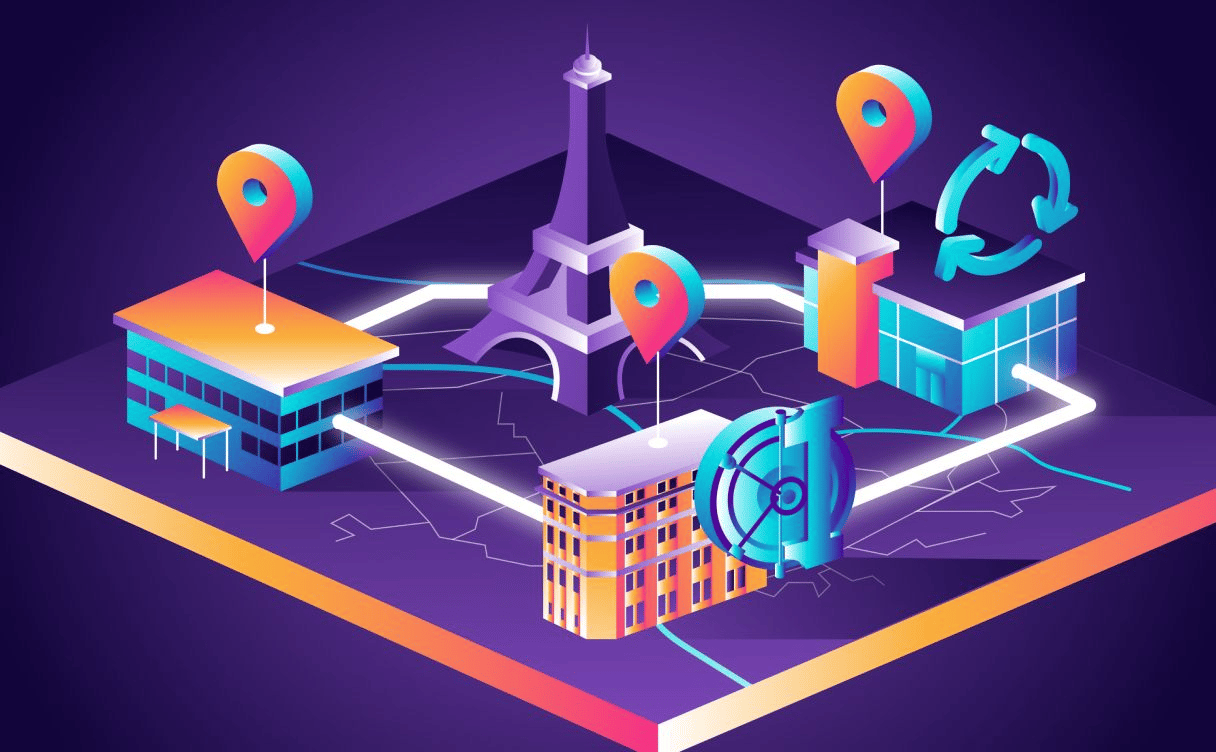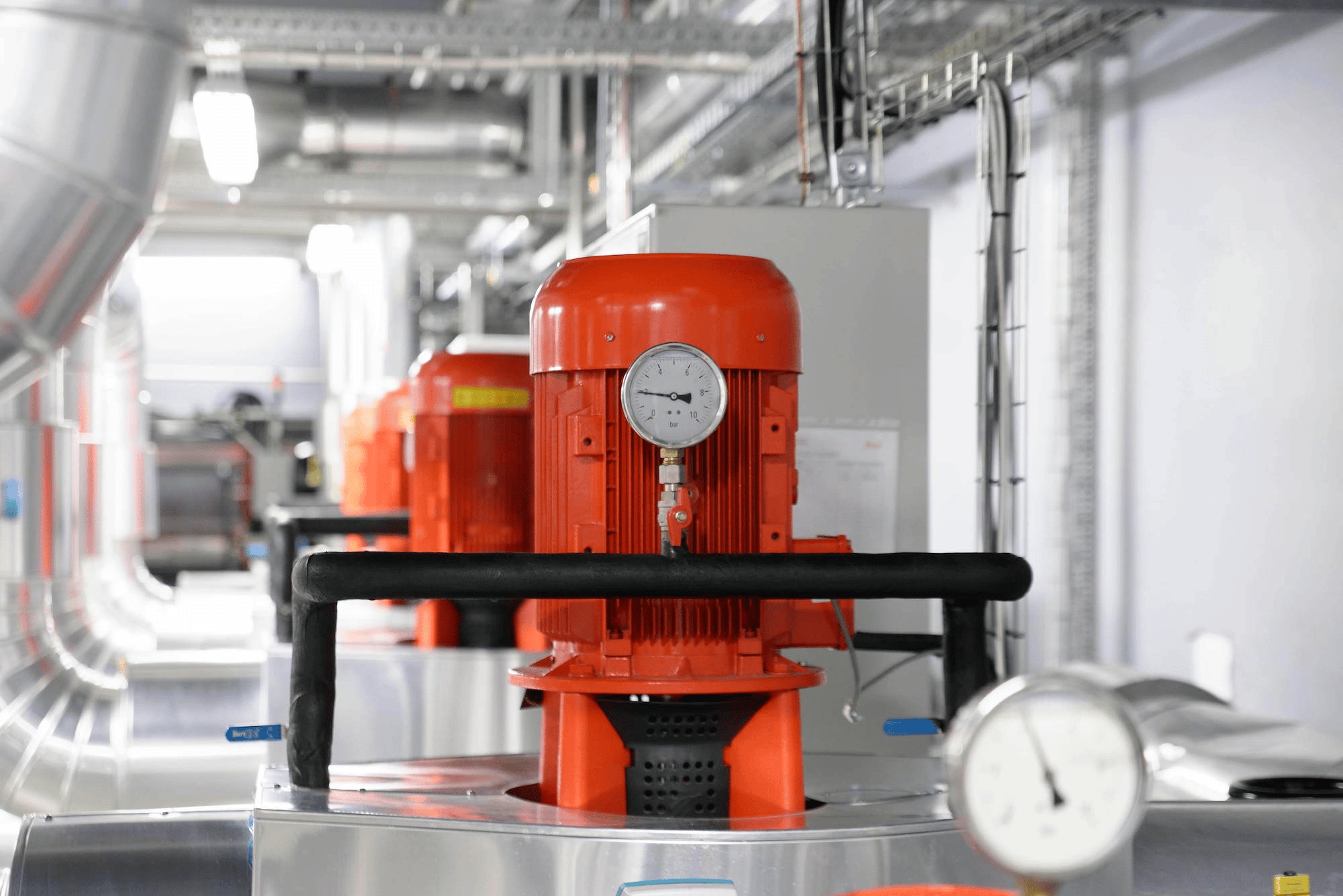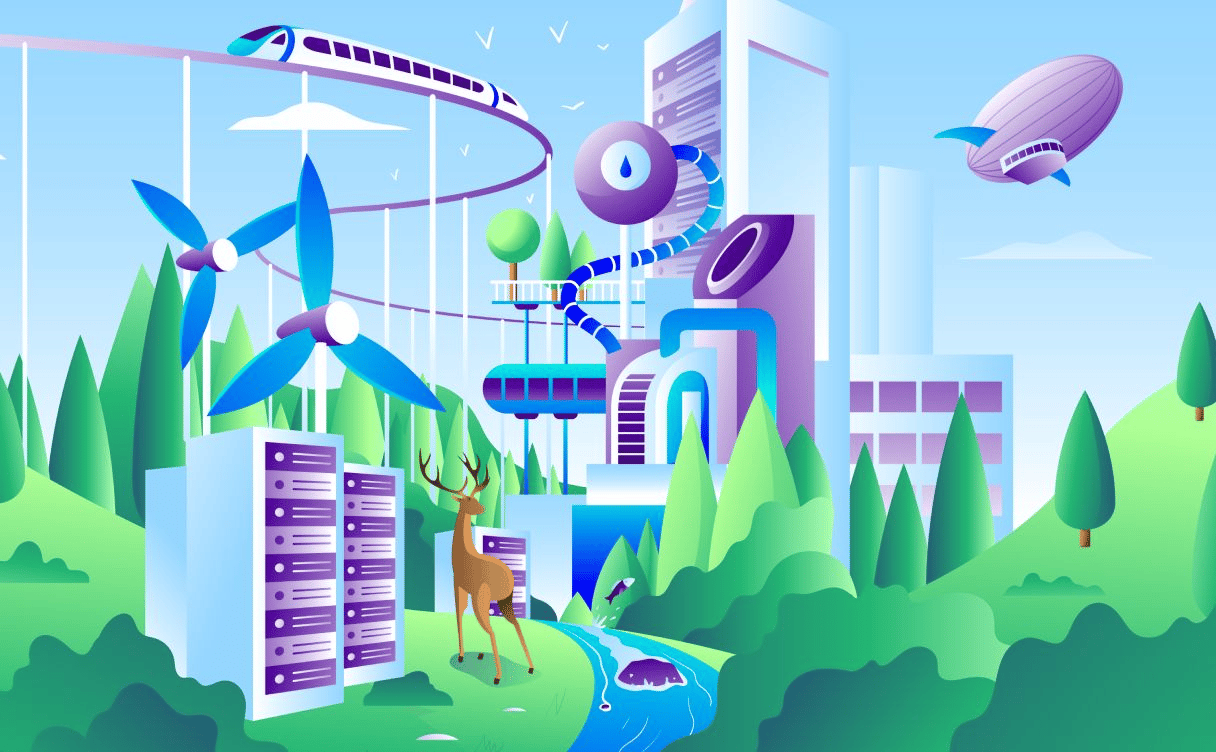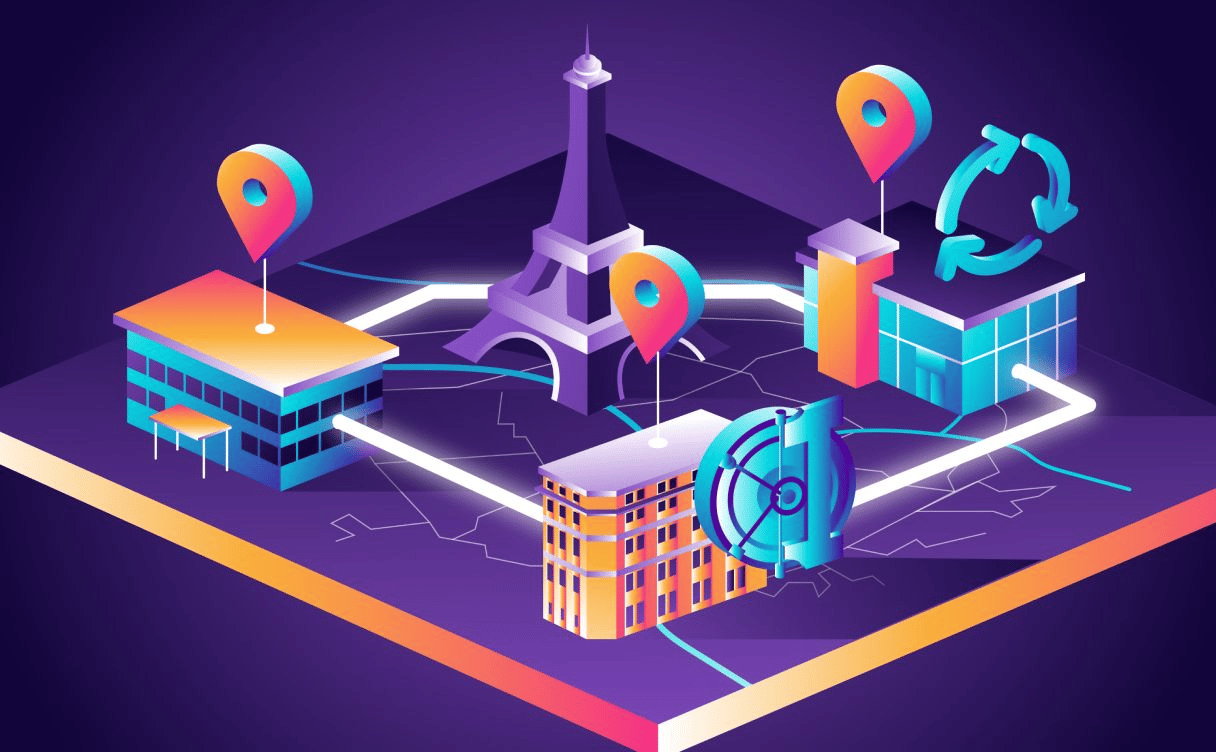
Discover DC5 - Hyper-Scale Mechanical-Cooling Datacenter
Discover how DC5 operates: How do we optimize the energy footprint of datacenter? How can we prevent power loss? How can we deliver proper cooling make it modular?

Over the last two years, Paris has been hit with heatwaves the likes of which have never been seen before in the capital. 2019 was record-breaking - with temperatures hitting 43°C on 24 July, and 38°C in August. When temperatures skyrocket like this, there are consequences, and global warming is forcing us to question the techniques ordinarily used to cool data centers, as they are responsible for a significant part of the digital economy’s energy consumption. Our DC5 data center once again proved its robustness and formidable technical capacities by getting through the sweltering heat without using a single kilowatt of air conditioning!
August 9, 2020
With the adoption of the cloud, the world’s IT is shifting en masse to data centers and cloud providers. Data centers are mission-critical infrastructure, meaning that the slightest weakness can have disastrous consequences, and a direct impact on our economy. However, many data centers have not evolved to keep up with the digital evolution we have seen over the last 20 years. There are several reasons behind this paralysis - clients who haven’t changed their SLAs since the tech bubble, and the fact that innovation is seen as a risk.
For some time now, most of the European tech companies have been bought and consolidated by a handful of American and Asian property funds. When the cost of a new data center alone amounts to 75-100 million euros, rather than innovate, they prefer to copy-paste the same structures that have already been tried and tested, and meet the unjustified specifications of major customers. Customers claim they face financial penalties if their servers are not kept at 20°C, but in accordance with ASHRAE standards, modern servers can withstand temperatures of 30°C. Air conditioning continues to be used on a massive scale, and so 30-40% of a data center’s energy is wasted on cooling alone.
There is a rush on the part of many data centers, the ones lauded for their efforts, to be able to use the marketing sheen of the terms “energy efficient”, but behind this slogan are some unspeakable practices which must disappear... the waste of millions of cubic metres of water in cooling towers to cool data centers, a process that is characterized by considerable environmental and health risk. This practice, which is nearly banned in France, persists in some European countries and needs to be globally regulated**. It’s time to face the unforgivable consequences of cooling towers and actually take tangible steps towards change and ban them in Europe.**

Not only do cooling units require huge quantities of energy, but they are also subject to technical limitations including the risk of unplanned downtime, spikes in energy consumption, and lower efficiency when the outside temperature soars. These are always anxious times for data center managers as most air conditioning systems are dimensioned for 40°C maximum outside temperature, and hot temperatures have an impact on their EER (Energy-Efficiency Ratio).
How did we get to a point where it’s acceptable for a data center to consume 30-40% of its energy for air conditioning in the middle of winter, when electricity grids are most solicited, and energy is carbon-intensive?
Unfortunately, traditional data centers have generally made less progress in energy management. Out of the estimated 650 billion kWh of electricity consumed in 2020 by data centers, at least 240 billion kWhs are wasted, avoidably, on air conditioning! Yet, the solutions have been staring us in the face for decades. The trick to beating the heat without breaking the bank is less about cooling, and more about temperature and climate monitoring. There is so much scope for innovation in this sector, and not just any innovation, innovation that makes sense. It’s up to all of us as customers, and digital stakeholders, to make these changes.
Rather than planting trees or buying wind farms, we prefer to think outside of the box. Our sustainable actions have real impact because we have innovated where it counts most - energy and water use at the source.
DC5 is different from a traditional data center. To combine power, high availability and a scalable modular structure while minimizing the energy footprint as much as possible, Scaleway Datacenter’s engineering teams focused their efforts on optimizing all infrastructure parameters. Nothing was left to chance. Everything was clearly conceptualized and meticulously built down to the last detail to achieve an exceptionally energy and water efficient result that provides a significant financial edge for our clients.
Instead of air conditioning and cooling units, all it takes is a few grams of water evaporated in the air, a few hours per year, and the air coming in from the outside can be cooled by nearly 10°C. This process - adiabatic cooling, has been known to humankind since ancient times, and allows us to maintain stable, optimal conditions for the precious servers belonging to our customers and the Scaleway Elements public cloud.
Scaleway’s process is incredibly straightforward, and works with standard computing equipment without the need for proprietary modifications. We even built a climatic chamber to study the impact of all weather and humidity conditions on virtually all of the IT equipment on the market.
2,200 sensors and measurement points are analyzed by a mathematical algorithm in real-time. Every 17 milliseconds the data center adapts, self-regulates and optimizes its processes so that each and every server gets exactly the right energy and cooling needed to function. What makes our system more trustworthy than any mechanical process is this unique design. Not only this, the water and energy savings are immense, year round. The system needs virtually no maintenance and uses no refrigerants - which are greenhouse gases. In other words, it’s zero carbon!
Insane risk-taking? Major innovation?
No. We use technology that makes sense for each and every one of our Scalers who are deeply concerned by their environmental impact. We are a key digital stakeholder, and not only do we innovate, we also guarantee the utmost quality and reliability of service.
The results are in - after two unprecedented heatwaves and three years of 100% SLA - there’s no denying it’s been a success!
At a time when Europe and the States are calling the environmental and ecological impact of the digital sector into question, it has never been more urgent to change our habits and bring innovation back to the forefront of data centers.
We need to recognise that innovation is the only way to cut energy footprints and the use of water at the source, rather than compensating by throwing money at the problem.

Discover how DC5 operates: How do we optimize the energy footprint of datacenter? How can we prevent power loss? How can we deliver proper cooling make it modular?

Today, cloud service providers (CSPs) are tied in a ‘sustainability race’, all vying to claim their solutions have the least impact on the environment.

One night in September, a power transformer shut down in one of our Parisian data centers. Read on to find out what happened during this tense night.